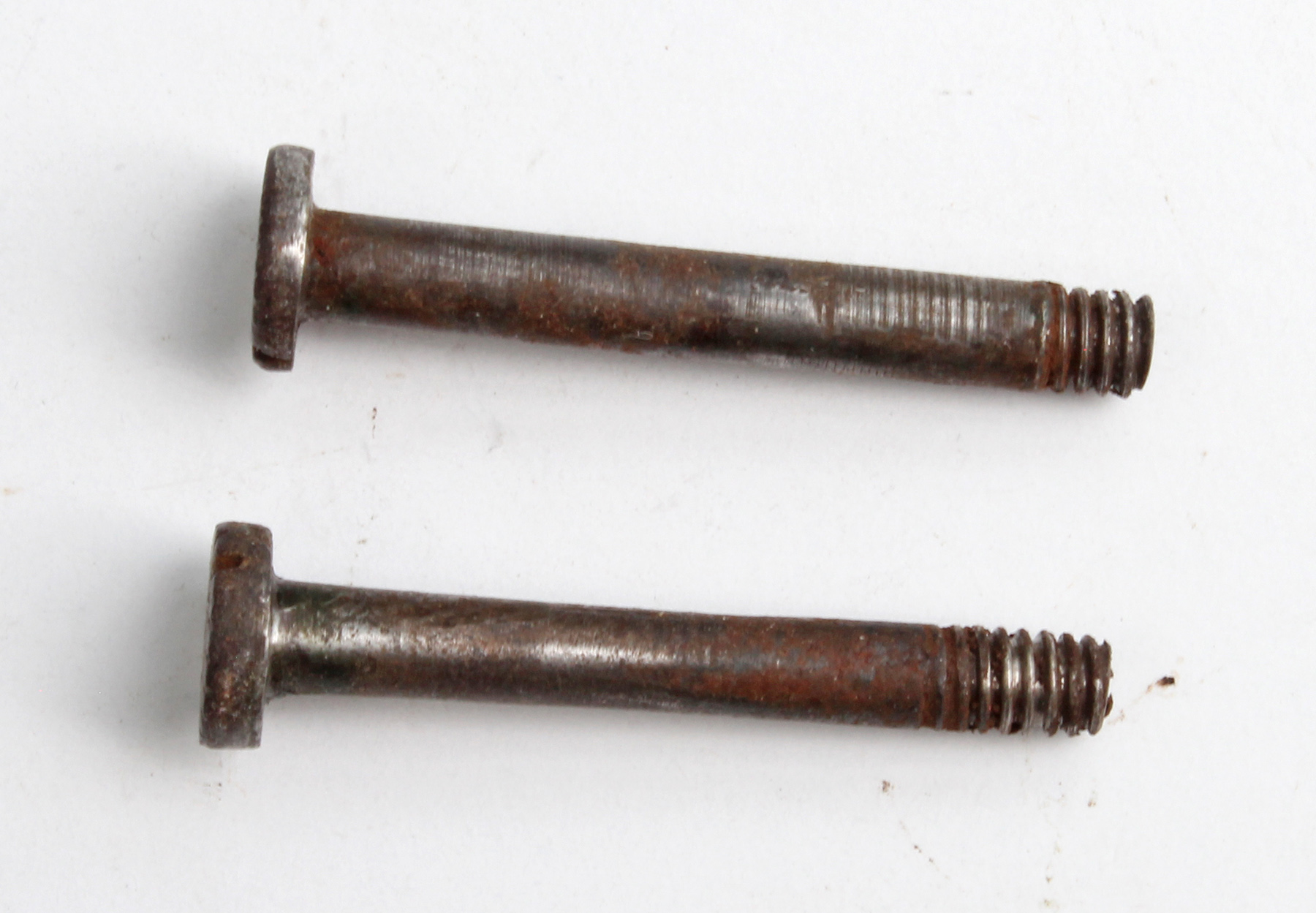plmeek
40 Cal.
...As far as I know (and again I could be mistaken) MOST of the Gunsmiths Schuylkill contracted with were all in or around Philadelphia. Is that correct by your documentation?
Something else I would appreciate your thoughts on, if I may ask? It seems to me that Contract Rifles needing MINOR repairs would have been done at the Schuylkill Arsenal or at least farmed out to the local/nearby gunsmiths who made them? Why would they have gone to the expense of boxing Contracting Rifles up that only needed minor repairs and putting them in wagons for the 143 mile or 7 to 8 day trip to Harpers Ferry and later doing it again to pick them up after repair? (I'm not sure if there was a way the boxed guns could have been brought back and forth to Harpers Ferry by water?) That just doesn't make sense...
According to Moller's tables, of the 1,476 Contract Rifles delivered in 1792, only 121 came from Philadelphia gunmakers. Lancaster gunmakers delivered 825 rilfes, York gunmakers delivered 404 rifles, and Berks county gunmakers delivered 126 rifles. Of the 2,000 Second Issue rifles delivered in 1794, the lion's share, 1,493 came from Lancaster while 507 came from York county.
Of the 1807 Contract Rifles, J. Joseph Henry of Philadelphia delivered 898 rifles, the largest amount of any one gunsmith and from one location. The next largest amount, 726 rifles, came from Lancaster gunmakers. Henry Pickel of York delivered the remaining 155 rifles.
Your questions in the next paragraph are harder to answer. Moller tries to track the disposition of the 1792 Contract rifles as best he can from documents in the Federal archives, but there are hundreds of rifles he was unable to account for. Pretty much all of the First Issue rifles that were made in 1792 went to Fort Pitt with another 100 rifles going to Staunton, Virginia. He was unable to account for 469 rifles from this Issue, but seems to think they were part of contracts let by Knox that did not pass through General Hand's control. They did not end up in Schuylkill, though.
Of the Second Issue delivered in 1794, he has 292 rifles going to the Commonwealth of Pennsylvania, 100 going to the Chickasaw Indians via Richmond, Virginia, and 541 going to Fort Cumberland, MD. The remaining 1,067 were sent to the Schuylkill Arsenal in 1795. An inventory conducted in January 1797 showed 1,060 rifles at Schuylkill. Small quantities were issued after that date and an inventory April 1801 show 923 rifles remained. Again, small amounts were issued over the next year and an inventory in March 1802 showed 911 rifles at the arsenal. Later that month, 500 rifles were sent to Mississippi Territory via New Orleans "to be sold to the Militia of said Territory." Some of these rifles were likely still in New Orleans and issued to Andrew Jackson's Kentuckians for the Battle of New Orleans in 1815.
By February 1805 only five serviceable rifles and ninety-four unserviceable rifles" remained at Schuylkill. A January 1806 inventory of all U.S. arms listed 322 rifles "Loaned to the Indian Department" which probably included the 100 rifles issued to the Chickasaw Indians.
This leaves 90 rifles unaccounted for from Schuylkill.
Moller doesn't list any 1792 Contract rifles going to Harper's Ferry after it became fully operational in 1801.
Not having access to Frank Tait's article, I don't know what his source is for 382 rifles being in Harper's Ferry when Lewis visited and how they are identified as some of the 1792 Contract Rifles. Moller was obviously aware of Tait's claim that Lewis & Clark had 1792 Contract Rifles with them as he included a paragraph touching of the subject, but opens the possibility that Lewis may have acquired them when he visited Schuylkill while he was in Philadelphia in May of 1803.
By omission, Moller seems to share you skepticism about the wisdom and practicality of 1792 Contract Rifles being shipped from Schuylkill to Harper's Ferry.
If some one has a digital copy of Tait's article, I would be interested in receiving a copy.

















